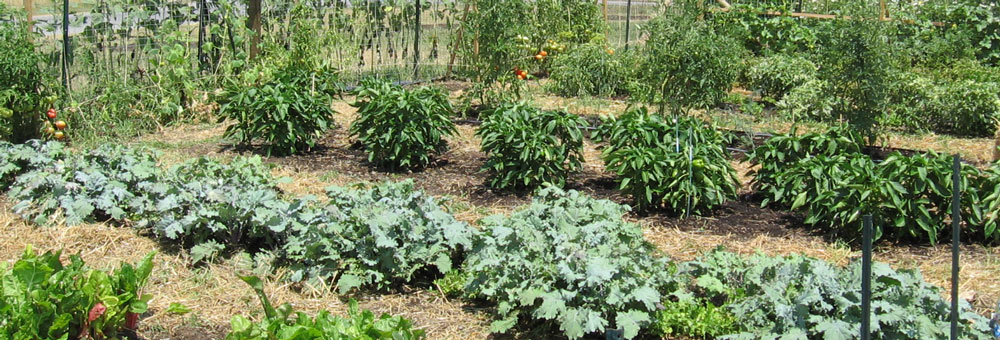
As summer transitions into fall, August presents an excellent opportunity for gardeners across all USDA Hardiness Zones to plant vegetables for fall gardening. Whether you’re in the cooler northern regions or enjoying extended warmth in the south, we’ve tailored a comprehensive guide to what YOU can plant in August in your specific USDA Zone.
Zones 3-4: Cool Climate Choices
In these northern zones with shorter growing seasons, plant these vegetables:
- Leafy greens: lettuce, spinach, arugula, Swiss chard and kale
- Root vegetables: radishes, turnips and beets (primarily for greens)
- Brassicas: kohlrabi, mustard greens
- Herbs: cilantro, dill
- Peas: snow or snap peas
Zone 5: Expanded Options
Zone 5 gardeners can plant all of the vegetables above, plus:
- Cole Crops: broccoli and cauliflower (fast-maturing varieties), Brussels sprouts, and cabbage
- Root vegetables: carrots and parsnips (faster-maturing varieties)
- Herbs: green onions and garlic (for next year’s harvest)
- Brassicas: collard greens
Zone 6: Autumnal Abundance
In Zone 6, consider planting:
- Herbs: garlic (for next summer)
- Cole crops: broccoli and cabbage
- Leafy Greens: lettuce and kale
- Root Crops: carrots, beets, radishes, and turnips
Zone 7: Extended Season Selections
Zone 7 gardeners can plant all Zone 6 options, plus:
- Tomatoes (plant transplants for fall harvest)
- Leafy Greens: kale (plant transplants in early September)
Zones 8-9: Warm Weather Vegetable Varieties
Zones 8-9 benefit from longer growing seasons:
- All plants suitable for Zones 6-7 can be planted, though you may want to plant them slightly later, typically in late August
- Tomatoes: Extend tomato transplants into early August
Zone 10: Tropical Planting
In this warmer than almost any place else zone:
- Tomatoes can still be planted as transplants in early August, all other varieties can wait till september
General Tips for Success
- Check the number of days to maturity on your seed packets and count back from the average first frost date for your area. Many seed packets now provide the number of days to germination, as well as the number of days to harvest.
- Prepare frost protection methods, such as row covers or cold frames so that you can apply them quickly, if needed.
- Amend soil with compost before planting; organic amendments ensure better soil health; therefore, healthier vegetable plants.
- Ensure consistent watering, especially for seeds and transplants.
- Stay vigilant about pest control.
August offers diverse gardening opportunities across all zones. By choosing vegetables suited to your region and by providing proper care, you can enjoy fresh, homegrown produce well into autumn.
Remember to watch the daily weather report and to consult local gardening resources for advice that may be specific to your area, as microclimates (a specialized area of growing conditions, i.e.: next to a heat-retaining concrete wall or filtered light from a tree’s crown) can affect optimal planting times. Your local university extension office or a vegetable gardening group will be great sources of information.
Happy August gardening!





























































































































































































































































































































































































































































































































































































































































